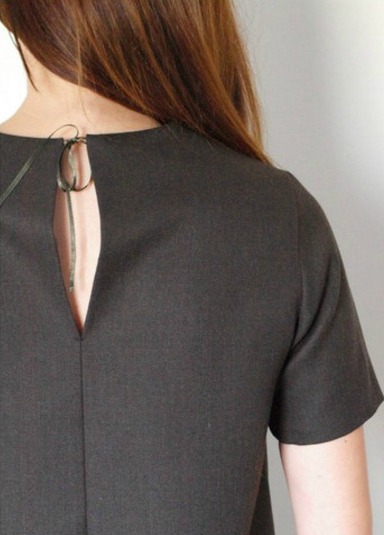
Eco-friendly fabrics
ECO-FRIENDLY TEXTILE INNOVATIONS
In the past years, sustainability has become my favourite word and I try to apply it in most aspects of my life. Sustainability can be synonym for economy, originality and recycling, and it pushes you to let aside conventionalism and find new things. Personally,it also links my current way of life with my childhood and the way I was raised, buying only when needed and always from local business.
When it comes to textiles and clothing, sustainability has become more a necessity than a trend and it is a passionate subject that I continuously explore. Since the Industrial revolution the demand for fabric has only grown and some sources, such as cotton or cashmere, are now so over exploited that the current production levels of these materials cannot continue without the implication of several risks. Without attention and change on an international scale, environmental concerns like excessive water irrigation, deforestation and the use of pesticides, will only facilitate the problem of global unfair trade and a diminution on the quality of products.
History shows that necessity is what pushes us to develop so nowadays more and more designers are turning to the earth to find solutions that are not only interesting, but increasingly attractive.
Plant the seed for the future
When you think of corn, soy or bamboo would you think of fashion and clothing? Below you will find 5 great vegetal textile alternatives that can be used diversely, creatively and without the premium price tag you might expect to find on such innovative materials.
Hemp
It is a fiber similar to linen. It has an extraordinary resistance to humidity & change of climate that is why traditionally it was used in the production of nautical textiles. Hemp material has a lot of character and an extremely soft feeling.
Bamboo
The bamboo is the fastest growing plant in the world and it can grow in many different parts of the world which can be great for a diversified production. Growing bamboo doesn’t require artificial irrigation (It uses the rainfall to feed itself) neither pesticides due to its antibacterial properties. Bamboo applications are endless.
Soy
Thinking of soy plants rarely leads to thoughts of underwear, yet, soy fabrics are often refereed to as soy silk due to their soft feeling, and widely are used in the manufacturing of underwear. Soy fibers come from the hulls of the
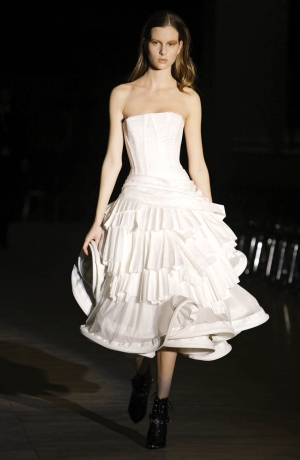
Dress made from organic cotton and Ingeo™ fibers by David Andersen, Danish Fashion Institute. Photo: Science Museum.
soybean, and are a food manufacturing waste product. However, this does not stop you being able to product very feminine and suggestive underwear. Soy fabric is the kind of fabric that you really want to have close to your skin.
Ingeo™
This is one of the most innovative textile fibers of the moment. Who said synthetic is synonym to pollution?
Ingeo is a synthetic corn based fiber, made from 100% renewable sources, and therefore biodegradable. Ingeo fabrics are light when mixed with other fibers and very resistant.
Coconut
The big unknown, better associated with the Caribbean and other tropical locations, it is hard to think of the coconut as a textile source, but it is. Coir is a fiber obtained from the coarse outer shell of the coconut. Coconut fabrics are light, machine washable, extremely comfortable, and very quick to dry. A dream fiber for sports clothing!
Designers using innovative vegetal materials
There are more and more creators (like myself) and brands interested and actively engaged in finding new sustainable materials or recycled fabrics and it’s surprising to see the results that can be achieved with those materials.
A great example is the Swedish brand Robert&Blad . The woman behind this brand is Helle Robertson and I could talk to her about the advantages and the difficulties of using an unconventional material:
Why did you start using eco-friendly materials?
Helle: I have always used the more conventional cotton and viscose, but it is my growing knowledge and the concern that comes with it that has led me to hemp, as it is an environmentally better option.
What kind of vegetable materials do you use?
Helle: In the current collection there is hemp and certified organic cotton.
What are the Hemp characteristics that you like the most?
Helle: What interested me about it was its environmentally positive characteristics, such as much less need for irrigation, pesticides and fertilizers than cotton. Once I tested it I also learned how durable, soft and warm to the feel it is.
How do these characteristics translate into the final piece?
Helle: In my opinion, it gives a more elegant look than, for instance, cotton
.
What other vegetable materials are you interested in?
Helle:I would like to find an affordable, locally (nationally) made Tencel, since it has more shine than the hemp and would be a perfect replacement for the viscose I used to work with some seasons ago.
As an independent designer is it profitable to use unusual materials like hemp instead of mass production textiles?
Helle: Organic, certified, European made fabrics are certainly more expensive than the more conventional alternatives. All independent designers make much less profit on their products than the big corporations but for me this is progress, the only way to go. I wouldn’t dream of going back, that certainly wouldn’t be very fashionable, would it?
After talking to Helle and some other colleagues about the matter, it has become apparent that one of the key points on the quest to discover eco –friendly vegetal fabrics, many of the materials and alternatives have in fact been used for centuries as textiles, but it is thanks to today’s research that their applications and possibilities are more widely explored. It seems ironic that maybe the key to a sustainable future is in our past.
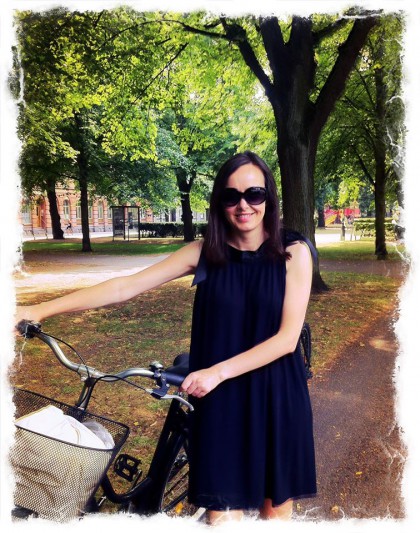


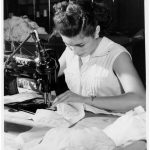 Previous Post
Previous Post Next Post
Next Post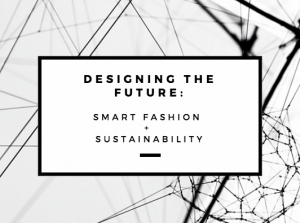
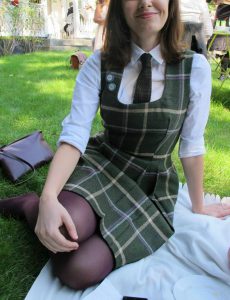
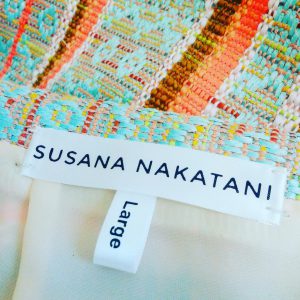
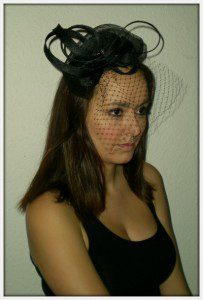
[…] If you want to learn more about sustainable fabric alternatives, check my article about Eco-Friendly Fabrics. […]